No product in cart
Latapoxy 300 Adhesive
-
(0s)
- Add your review
PRODUCT DESCRIPTION LATAPOXY 300 Adhesive is a chemical resistant, epoxy adhesive that will bond to most sound, clean surfaces. Adhesive spreads easily and cleans with water while fresh. LATAPOXY 300 Adhesive is a factory-proportioned kit consisting of epoxy resin, hardener and chemical resistant silica filler. LATAPOXY 300 Adhesive can be used in interior and exterior (see limitations) walls and floors, […]
#Code Products:
Description
PRODUCT DESCRIPTION
LATAPOXY 300 Adhesive is a chemical resistant, epoxy adhesive that will bond to most sound, clean surfaces. Adhesive spreads easily and cleans with water while fresh. LATAPOXY 300 Adhesive is a factory-proportioned kit consisting of epoxy resin, hardener and chemical resistant silica filler. LATAPOXY 300 Adhesive can be used in interior and exterior (see limitations) walls and floors, wet and dry areas.
Uses
For heavy duty commercial chemical resistant installations in food processing areas, commercial kitchens, restaurants, etc. Also use LATAPOXY 300 Adhesive to install all types of ceramic tile, marble and natural stone over post-tensioned and precast floor systems. Also recommended for rubber flooring and wood block floors, the installation of green marble, white marble, and resin backed tiles and stones agglomerate marbles that have a tendency to stain, darken or warp when installed with water-based installation materials.
Note: The Tile Council of North America recommends the use of epoxy adhesives and grouts for thin-set installations on suspended concrete slabs and for floors and walls when chemical resistance is required.
Advantages
Water cleanable.
No flammable solvents are required to clean tools or finished work.
Ideal for installing moisture sensitive marble and agglomerate tiles.
Ideal for the installation of resin backed tile, mosaics, stone, and agglomerates.
Non-staining on white and light-colored marble.
High bond strength.
Maximum chemical resistance.
Conforms to EN 12004 and ISO 13007 with a R2 Classification
Suitable Substrates
Concrete
Ceramic tile and stones
Exterior glue plywood*
Concrete masonry
Brick masonry
Non-water soluble cut-back adhesive*
Vinyl or other resilient tile*
Cement mortar beds
Gypsum wallboard*
Cement plaster
Cement terrazzo
Plastic laminate*
Cement backer board**
Steel
* Interior application only.
**Consult cement backer board manufacturer for specific installation recommendations and to verify acceptability for exterior use.
Packaging
Unit Consists of 2 pouches of Part A total weight 2.1 lbs (1.0 kg), 2 pouches of Part B total weight 4.1 lbs (1.9 kg), and 2 bags of Part C Powder total weight 18 lbs (8.2 kg)
Unit Sizes
#2 Unit
Weight: 25.2 lb (11.4 kg) volume: 1.8 gals (6.8 ℓ)
Shelf Life
Factory sealed containers of this product are guaranteed to be of first quality for two (2) years*.
* High humidity will reduce the shelf life of bagged product.
Limitations
For veneer installations using this product, consult local building code requirements regarding limitations and installation system specifications.
Not for use as a grout. Use LATICRETE® SpectraLOCK®† PRO Grout; LATAPOXY® SP–100 or LATICRETE SpectraLOCK 2000 IG Grout.
† United States Invention Patent No.: 6881768 (and other Patents)
Do not install when surface temperature is below 60°F (16°C) or above 90°F (32°C).
Not for use as a wearing surface.
Adhesives for ceramic tile and stone are not replacements for waterproofing membranes. When a waterproofing membrane is required, use a LATICRETE Waterproofing Membrane (see Section 10 FILING SYSTEMS).
Consult LATICRETE Technical Services on limitations for exterior installations.
Note: Surfaces must be structurally sound, stable and rigid enough to support ceramic/stone tile, thin brick and similar finishes. Substrate deflection under all live, dead and impact loads, including concentrated loads, must not exceed L/360 for thin bed ceramic tile/brick installations or L/480 for thin bed stone installations where L=span length (except where local building codes specify more stringent deflection requirements)
Cautions
Consult MSDS for more safety information.
During cold weather, protect finished work from traffic until fully cured.
LATAPOXY 300 Adhesive Part A is corrosive until fully cured. Damage to eyes or skin is possible.
Wait 14 days after the final grouting period before filling water features with water at 70°F (21°C).
Contains silica sand. Silica sand may cause cancer or serious lung problems. Avoid breathing dust. Wear a respirator in dusty areas.
Keep out of reach of children.
INSTALLATION
Surface Preparation
All surfaces should be between 60°F (16°C) and 90°F (32°C) and structurally sound, clean and free of all dirt, oil, grease, paint, concrete sealers or curing compounds. Rough or uneven concrete surfaces should be made smooth with LATICRETE Latex Portland Cement Underlayment to provide a wood float (or better) finish. Installation may be made on a damp surface. New concrete slabs must be damp cured and 28 days old prior to application. All slabs must be plumb and true to within 1/4" (6 mm) in 10 ft (3 m). Expansion joints shall be provided through the tile work from all construction or expansion joints in the substrate. Follow ANSI specification A108.01-3.7 “Requirements for Movement Joints: Preparations by Other Trades” or TCNA detail EJ-171 “Movement Joints—Vertical & Horizontal”. Do not cover expansion joints with mortar.
Note: Temperature will effect working properties of LATAPOXY® 300 Adhesive. Warm temperatures will speed curing and shorten working time. Cool temperatures will slow curing and require longer time to traffic. Store LATAPOXY 300 Adhesive at 70°F (21°C) for 24 hours prior to use.
1. Installer must verify that deflection under all live, dead and impact loads of interior plywood floors does not exceed industry standards of L/360 for ceramic tile and brick or L/480 for stone installations where L=span length.
2. Minimum construction for interior plywood floors.
SUBFLOOR: 5/8" (15 mm) thick exterior glue plywood, either plain with all sheet edges blocked or tongue and groove, over bridged joints spaced 16" (400 mm) o.c. maximum; fasten plywood 6" (150 mm) o.c. along sheet ends and 8" (200 mm) o.c. along intermediate supports with 8d ring-shank, coated or hot dip galvanized nails (or screws); allow 1/8" (3 mm) between sheet ends and 1/4" (6 mm) between sheets edges; all sheet ends must be supported by a framing member; glue sheets to joints with construction adhesive.
UNDERLAYMENT: 5/8" (15 mm) thick exterior glue plywood fastened 6" (150 mm) o.c. along sheet ends and 8" (200 mm) o.c. in the panel field (both directions) with 8d ring-shank, coated or hot dip galvanized nails (or screws); allow 1/8" (3 mm) to 1/4" (6 mm) between sheets and 1/4" (6 mm) between sheet edges and any abutting surfaces; offset underlayment joints from joints in subfloor and stagger joints between sheet ends; glue underlayment to subfloor with construction adhesive. Refer to Technical Data Sheet 152 “Bonding Ceramic Tile Stone or Brick Over Wood Floors” for complete details.
3. DO NOT bond to particle board, OSB, luan, Masonite®or hardwood surfaces.
Mixing
Pour LATAPOXY 300 Adhesive Part A and Part B into a clean mixing pail and mix thoroughly. Add LATAPOXY 300 Part C Filler Powder and mix to a smooth, trowelable consistency. Mortar is ready for use immediately after mixing.
Application
Apply mortar to the substrate with the flat side of the trowel, pressing firmly to work into surface. Comb on additional mortar with the notched side.
Note: Use the proper sized notched trowel to ensure full bedding of the tile. Back butter large tiles > 8" x 8" (>200 mm x 200 mm) to provide full bedding and firm support. Place tiles into wet, sticky mortar and beat in using a beating block and rubber mallet to embed tile and adjust level. Check mortar for complete coverage by periodically removing a tile and inspecting bedding mortar transfer onto back of tile.
You must be logged in to post a review.

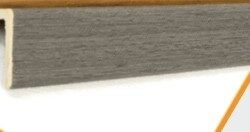
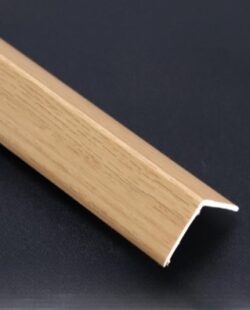
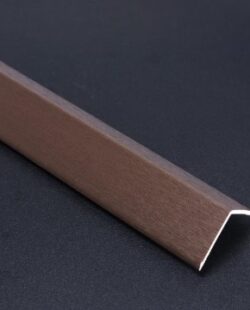
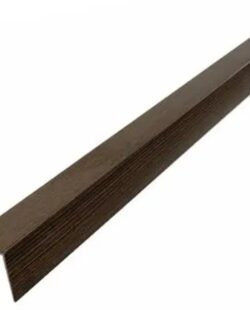
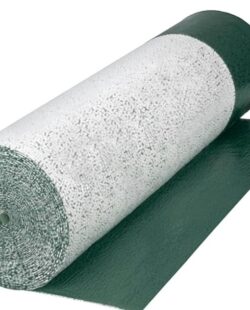
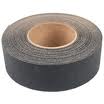
Reviews
There are no reviews yet.